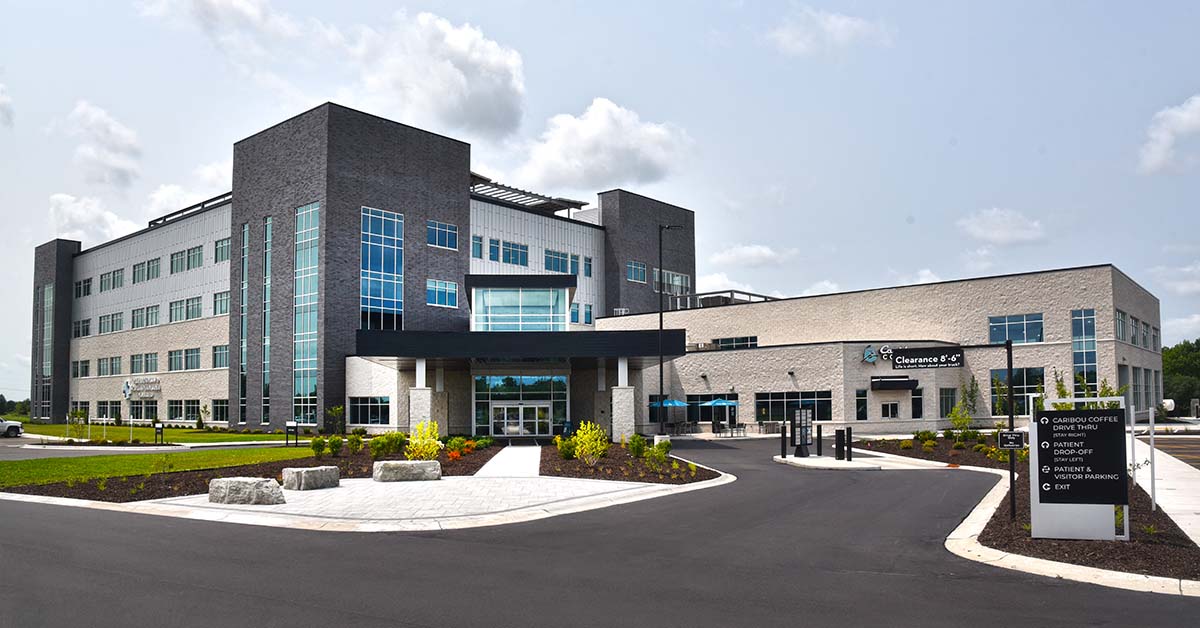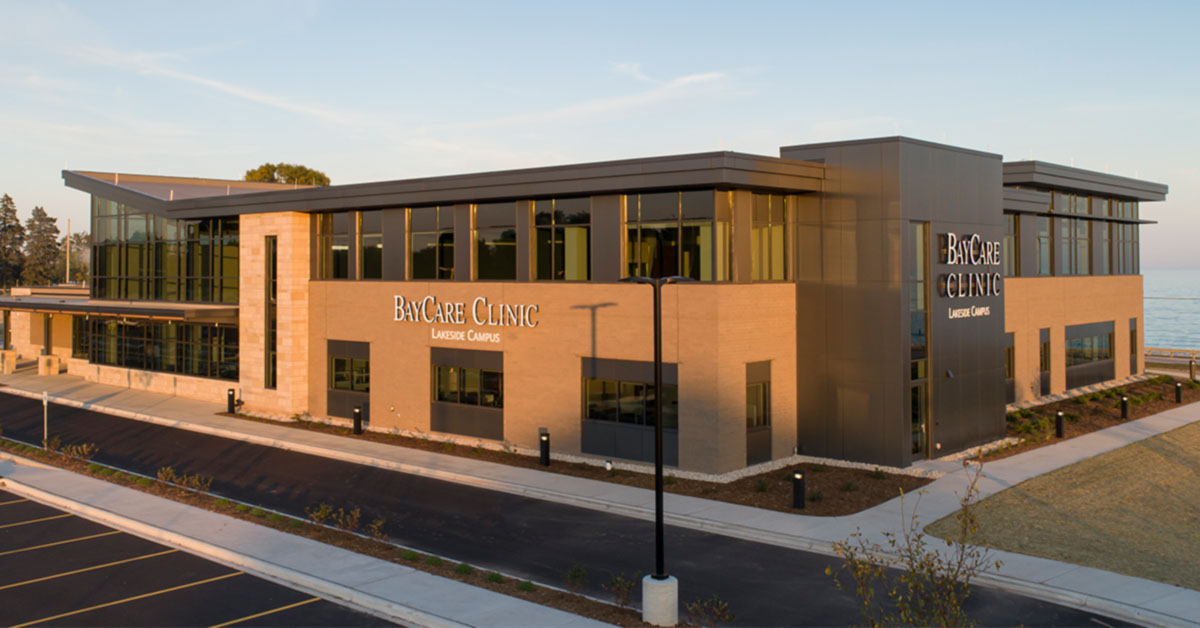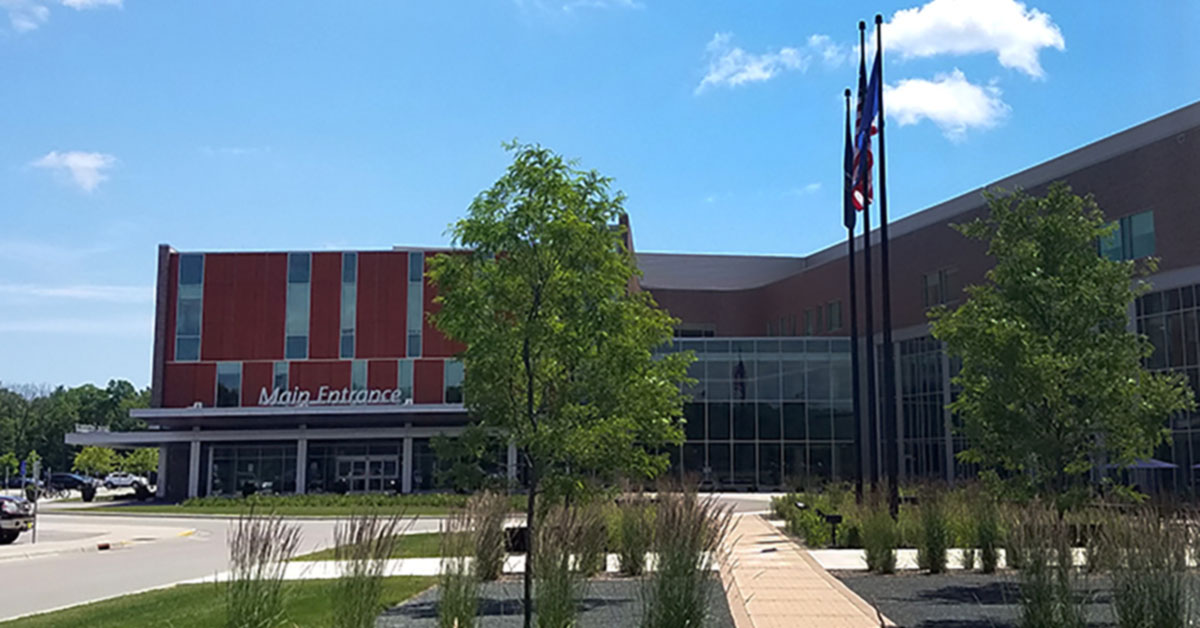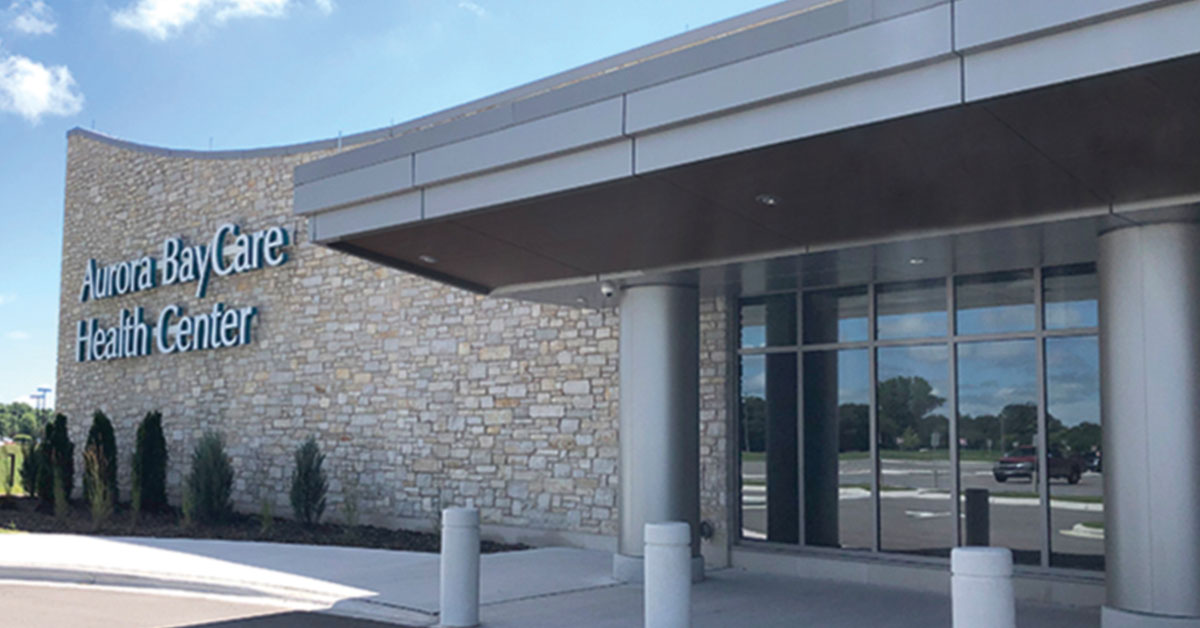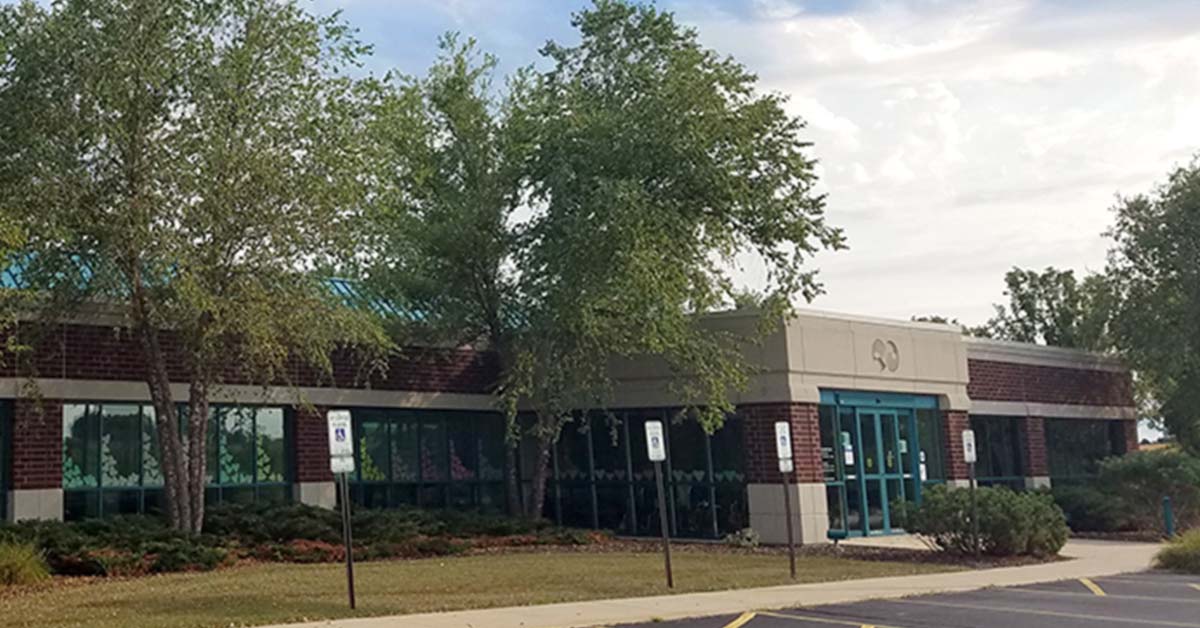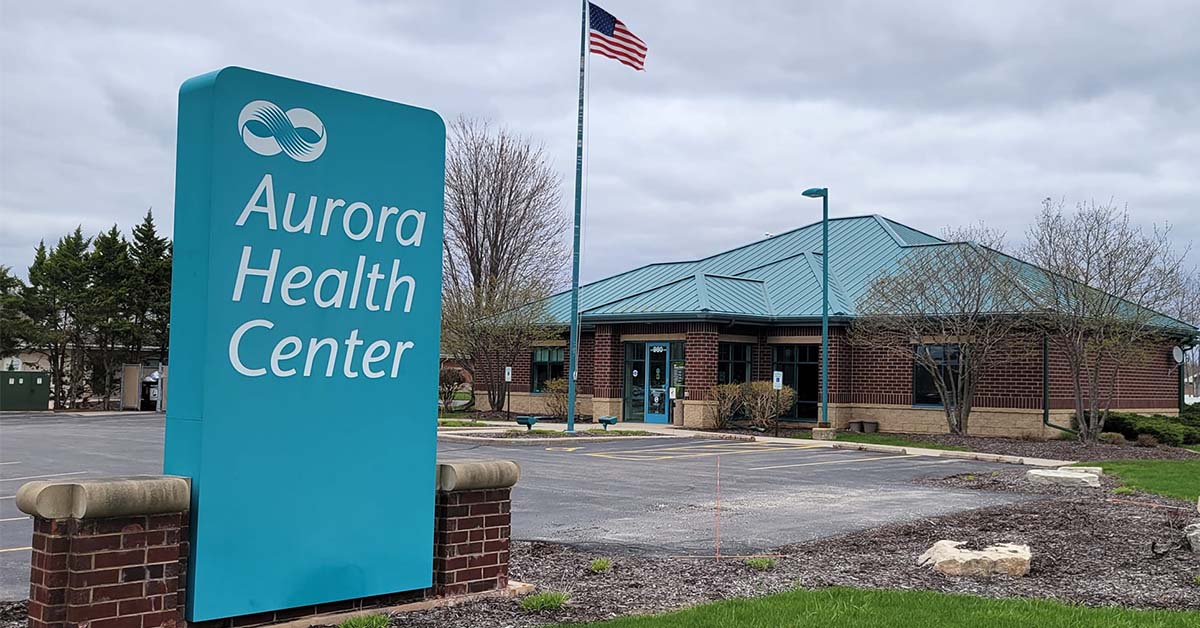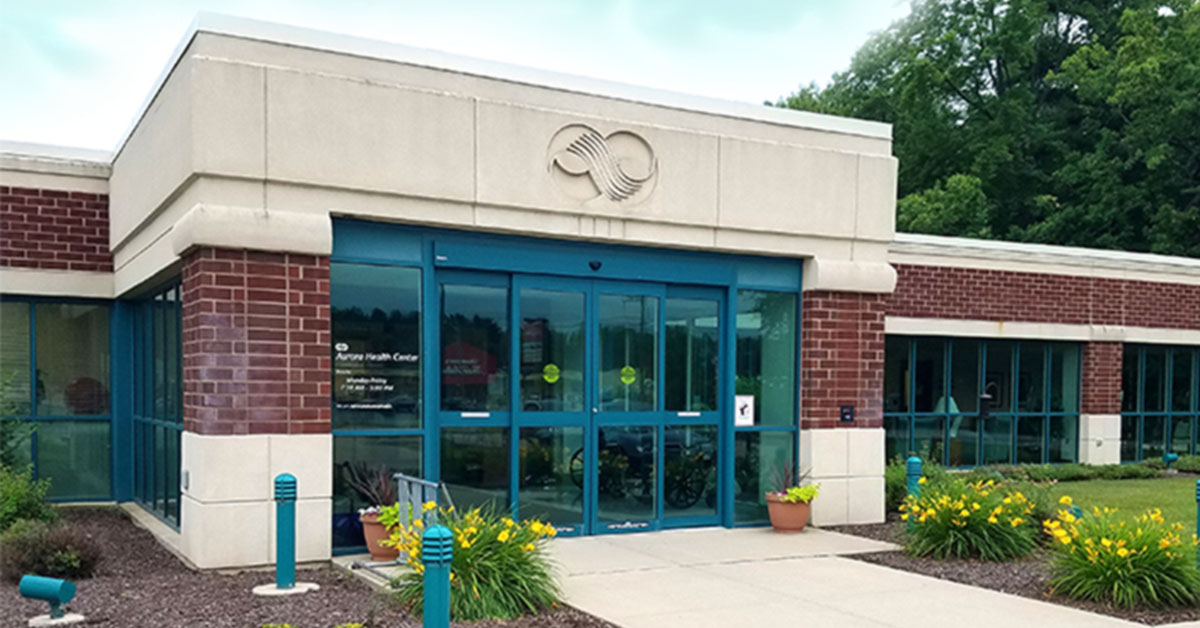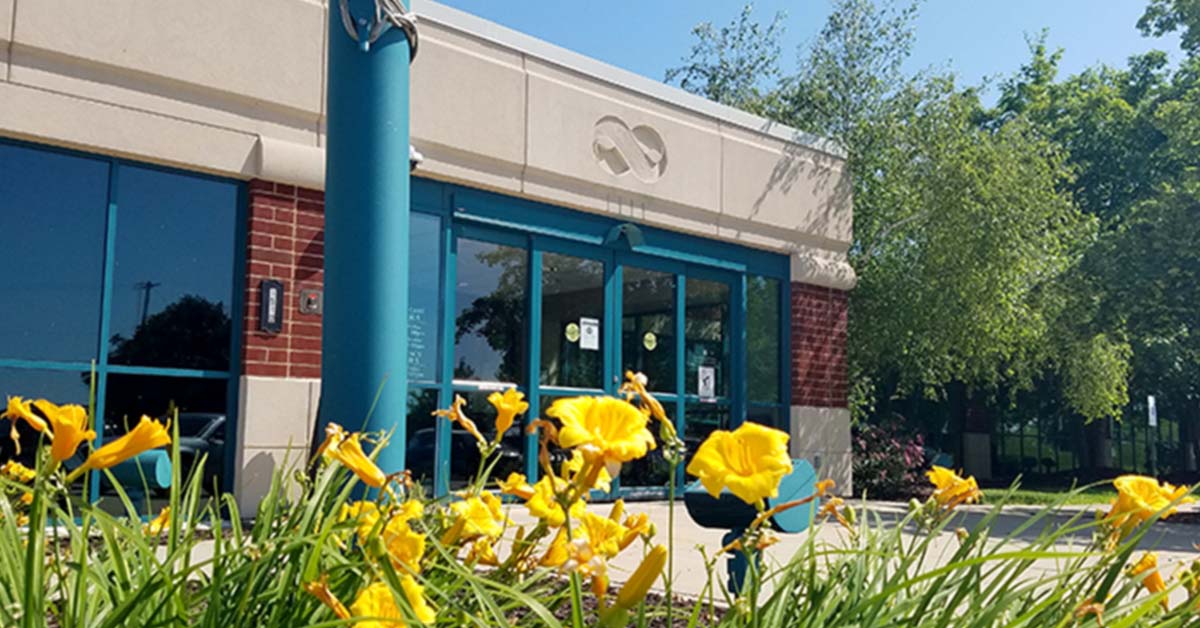Meniscus Injuries
Orthopedics & Sports Medicine
Treating torn meniscus cartilage in the knee
The meniscus cartilage in the knee is a C-shaped cushion that acts as a shock absorber. It fills the space between the knee bones, specifically the femur and tibia.
A torn meniscus is a common but potentially serious knee injury. With proper diagnosis, treatment and rehabilitation, people often return to their pre-injury activities.
Left unrepaired, a meniscus injury can linger for years, causing pain and limited mobility. An unrepaired meniscus tear increases the risks of further injury and permanent damage to the knee.
Meniscus injuries are typically the result of a quick twist to the knee. They can occur in combination with ACL injuries but also can be degenerative.
What are the symptoms of a meniscus tear?
People who have a torn meniscus often report:
- My knee gives out
- My knee locked up
- There’s a catching feeling in my knee
- There’s a popping in my knee joint
- There’s a sticking sensation in my knee
How we treat a meniscus tear
Treatment for a torn meniscus depends largely on the size and location of the tear.
Small tears of the meniscus may require only physical therapy and no surgery.
The inner portion of the meniscus does not have a robust blood supply and thus can’t heal on its own. Tears on the inner border of the meniscus must be surgically removed. The outer border of the meniscus has a strong blood supply and thus can heal when repaired surgically. Surgery for a meniscus tear is an outpatient procedure performed using minimally invasive arthroscopic techniques.
A meniscus transplant may be a treatment option for the most severe tears, when most of the meniscus is compromised.
Our goal is to create individualized care plans to reduce pain, improve mobility, reduce the likelihood of further injury and return people to their normal activities as quickly and safely as possible.
